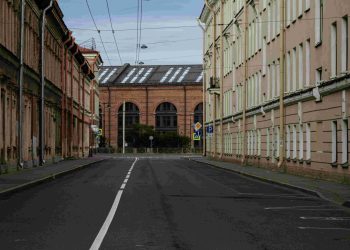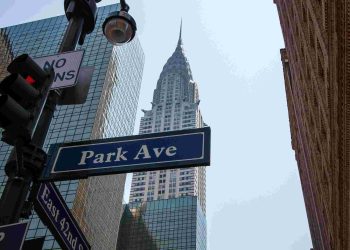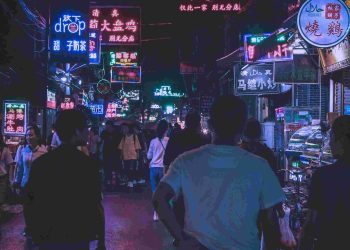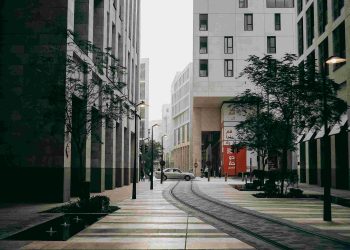Street Nonconform Culture Trends
Nonconformity has always been the ember fueling societal progress. Without it, we’d still be living in caves, content with the simplicity of our surroundings. Today, one of the most vibrant spaces where this spirit thrives is in street culture—a dynamism of rebellion, art, and innovation. Street culture is no longer just a subculture; it is redefining how we live, dress, create, and even think.
Step into any bustling city, and you’ll see it unfold: bold graffiti splashed across concrete canvases, teenagers skateboarding under neon signs, fashion that defies seasonal norms, and music born in alleyways that echoes into the mainstream. Yet, its power isn’t merely aesthetic; it serves as a living critique of a consumer-driven, status-obsessed society. But how did we get here? And more importantly, where is this leading us?

The Rise of Nonconformity
I remember walking down the streets of Brooklyn in the late 2000s, the air buzzing with energy that felt impossible to replicate anywhere else. It wasn’t just the sights or sounds—it was the sheer audacity of expression. Street performers juggling flaming torches, graffiti artists unapologetically claiming public spaces, and skaters turning mundane staircases into performance stages. It felt chaotic, raw, yet profoundly alive.
This wasn’t merely an indulgence in rebellion—it was a reinterpretation of freedom itself. Psychologists like Carl Rogers would argue that creativity and nonconformity are cornerstones of self-actualization. In other words, defying society’s norms isn’t reckless; it’s essential for human flourishing.
Street Culture as a Social Mirror
Street culture unveils the underbelly of society. It showcases the disenfranchised, the unheard, and the overlooked. When Banksy stencils an artwork on a crumbling wall, or when a rap song spills commentary about systemic inequality, these aren’t just creative expressions; they’re loud, unfiltered truths.
The fashion world is no stranger to this phenomenon. From the adoption of oversized hoodies symbolizing defiance to sneakers becoming cultural currency, streetwear now dominates runways and boardrooms alike. What once was born out of necessity—a pair of affordable, durable sneakers—is now a deliberate, stylish statement.
Rethinking Conformity in Professional and Technological Spaces
Interestingly, the ethos of nonconformity isn’t confined to graffiti walls or skateparks—it has spilled over into workplaces and technology. Industries now value creativity over credentials, and Silicon Valley thrives on disruptive innovation. “Why conform to a system that no longer works?” seems to be the question of the decade.
Take, for instance, the gig economy. Platforms like Upwork or Fiverr challenge the traditional 9-to-5 work model, offering professionals the tools to reshape their careers as freelancers. This isn’t just career flexibility; it’s a societal shift reminiscent of nonconformance in street culture. Technology, like street art, is subversive—tearing down walls and building new opportunities in their place.
Predicting the Future: A World Influenced by Street Ideals
But what does the future hold for this relentless drive for nonconformity? As AI and automation loom large, we may see an increasing focus on uniquely human traits—creativity, empathy, and storytelling—all of which find their truest expression in the heart of street culture. What if the very essence of being human—our individuality—becomes the ultimate skill in a machine-driven world?
Moreover, urbanization itself will likely shift. Public spaces could transform from functional infrastructure into creative hubs. Think digital walls that artists can paint on remotely, or neighborhoods designed to foster collaboration between citizens, artists, and entrepreneurs. In some ways, we’re heading into an era where street culture won’t just influence the arts—it will redefine cities, industries, and even governance.
Practical Steps to Channel the Spirit of Nonconformity
If you’re inspired by street culture’s radical authenticity, here are some ways you can incorporate its ethos into your life and work:
-
Reinvent Personal Style:
Start by challenging societal norms in the way you dress. Let your wardrobe become a canvas for self-expression. -
Support Local Art:
Visit community art exhibitions or purchase street art to encourage grassroots creativity. -
Question Traditional Career Paths:
Assess whether your current job aligns with your passions, and explore unconventional career trajectories. -
Learn New Skills:
Join workshops in graffiti art, music, or urban photography to engage with creative communities in your local area. -
Challenge Corporate Norms:
Advocate for flexible work arrangements, remote work, and fostering creativity within your workplace.
Each of these steps, while simple, serves as a ripple in the larger wave of societal transformation.
A Call to Action
The world needs rebels who dare to see it differently, just as much as it needs doers who act on that vision. Maybe it’s time to channel the streets’ audacity, blending nonconformity with innovation, and carving new paths in art, technology, and daily life. As poet and civil rights activist Audre Lorde once said, “Without community, there is no liberation.” Let the streets, and their culture of connection and rebellion, remind us of this timeless truth.
The question isn’t whether nonconformity has a place in our future—it’s how boldly we’re willing to embrace it.












